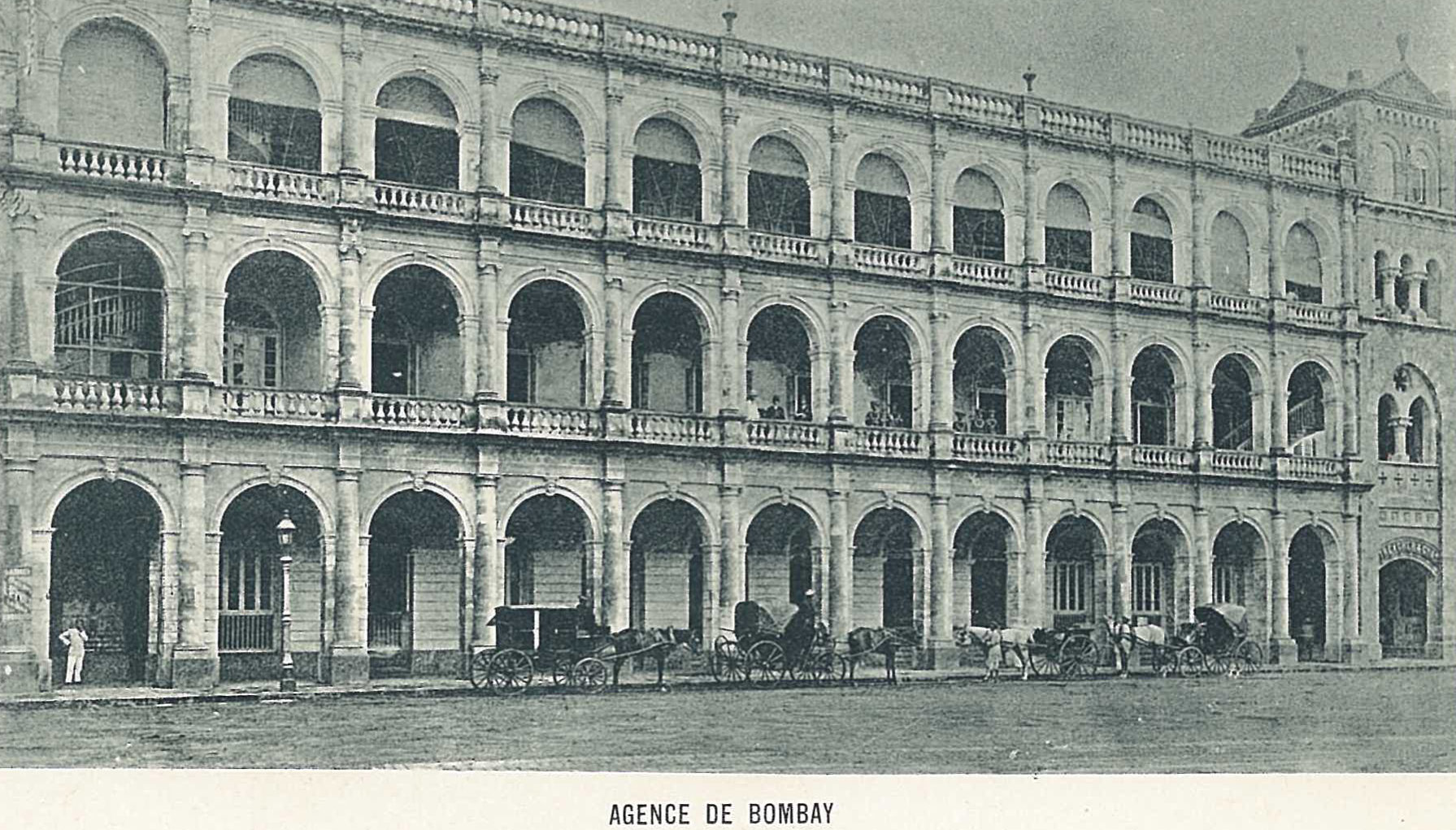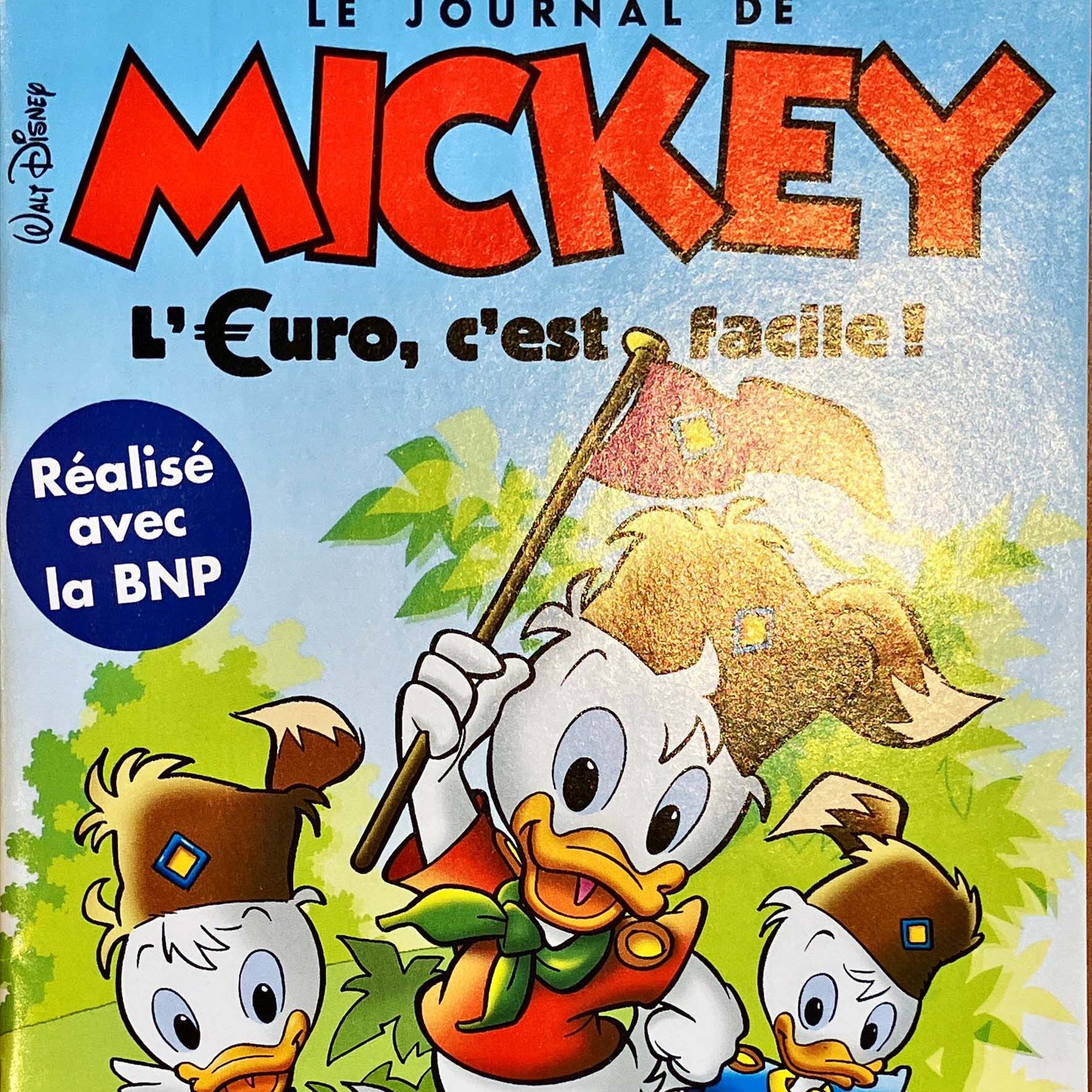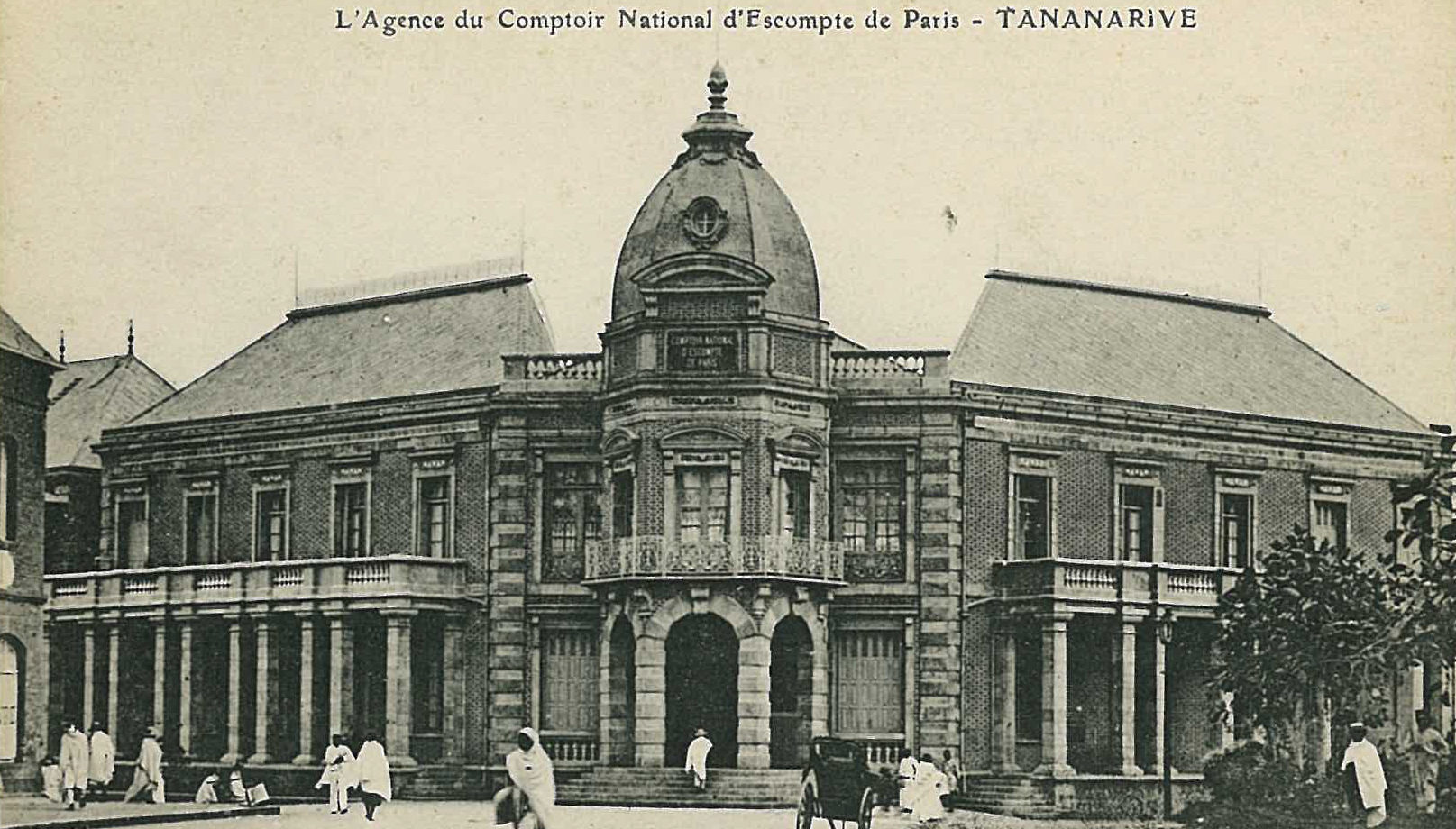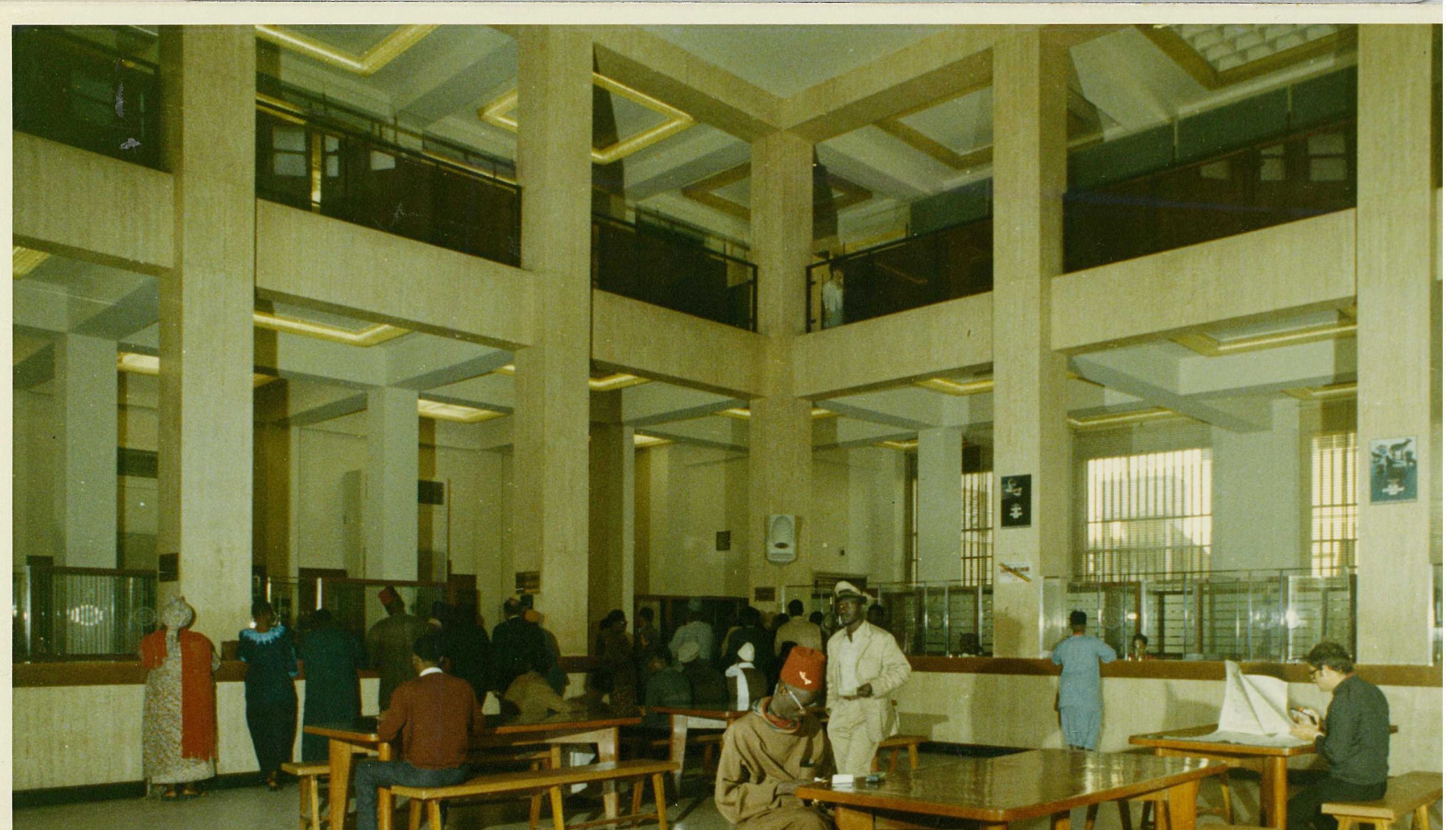More than 150 years in India

BNP Paribas shares a long history with India. The Bank was established in Calcutta in 1860 and as the Group has grown and diversified it has supported the country’s moves to open up and modernise.
The pioneering days (1860-1945)
In 1860 the Comptoir d’Escompte de Paris opened a branch in Calcutta. This was a pioneering move as, until then, rather than opening branches of their own abroad, the practice of French financial institutions had been to work through a network of correspondent banks. At that time Calcutta was the capital of India and a major trade centre.
Why did the Comptoir set up in India? As part of the bank’s general strategy of taking an active role in financing international trade, with the emphasis here on meeting the needs of French clients importing raw materials, especially cotton. In similar vein, the French demand for wool led the Comptoir to set up in Australia in 1881.
A second branch opened in 1862 in Bombay (now known as Mumbai) as this major cotton and trading centre was experiencing a boom during the American Civil War. In 1903, due to the difficult political and economic climate, the Calcutta branch was closed.
The outbreak of the Second World War cut the Bombay branch’s ties to its Paris headquarters and it came under the control of the London office, which was in Allied territory. The branch managed to maintain profitability by financing cotton exports and engaging in precious metals trading.

Peacetime growth (1945-1990)
In 1948, with the War over and Indian Independence achieved, the Comptoir reopened in Calcutta and then in 1958 set up a representative office in Delhi, now the national capital. In 1953, the Bombay branch moved into the French Bank Building, acquired and installed with air conditioning in time for the one hundredth anniversary of the Bank of India in 1960. The name of the headquarters served to remind the Indian public of the Comptoir’s historic activity in the country.
In 1966, the Comptoir National d’Escompte de Paris (CNEP) and Banque Nationale pour le Commerce et l’Industrie (BNCI) merged to form Banque Nationale de Paris (BNP), which thus became the leading French bank. The name was better suited to Indian customers, who could now at least pronounce the name of the bank!
From 1966 on, as the Indian financial authorities tried to encourage ordinary people to save, BNP set up a number of new branches in Bombay and Calcutta and made efforts to attract deposits. Unfortunately, the high degree of mobility of personal savings deposits meant that results fell short of expectations.

Emergence of a leading banking player (1990-2010)
During the 1990s, the foundations of a modern bank on a different scale were laid. New staff were brought in, the business portfolio revamped, and the bank reorganised. In 1995 BNP was said to be the most profitable foreign bank in India.
In 2000, when a merger between BNP and Paribas created the BNP Paribas Group in France, the Paribas offices in India were integrated into the BNP organisation. There followed impressive expansion, either through organic growth or through partnerships. The new Bank rolled out a range of new businesses via joint ventures – with Cardif and the State Bank of India for insurance (2001), with Sundaram for asset management, real estate loans and securities depository (2005 and 2007), with Geojit for equity brokerage and investor services (2007) and with SREI for leasing (2007). Asset financing, private banking and long-term vehicle leasing have also been major growth areas.

Today BNP Paribas employs close to 1,000 staff in India, who are very proud to belong to the Group. As part of the celebrations in 2010 to mark the 150th anniversary of the Bank in India, CEO Baudouin Prot took the opportunity, in his inauguration speech for the new headquarters building in Mumbai, to stress the important place of India in the Group’s current thinking and growth plans.








